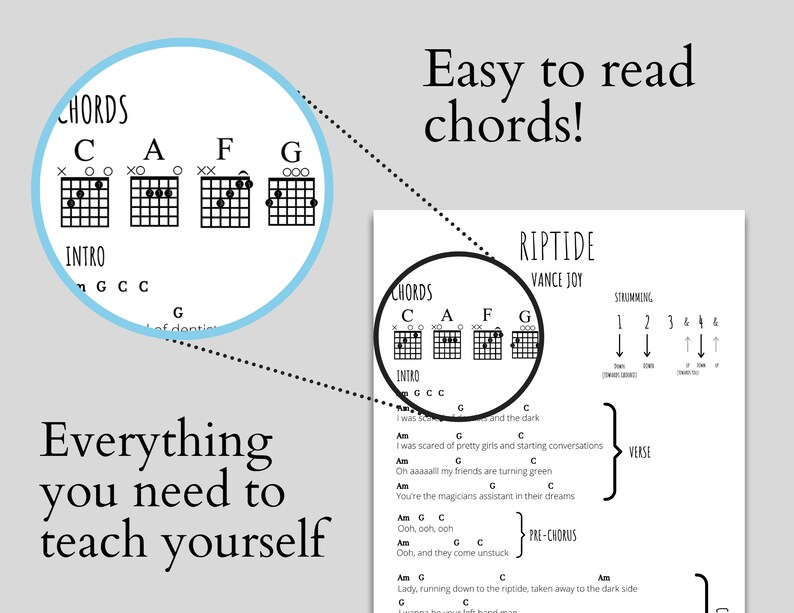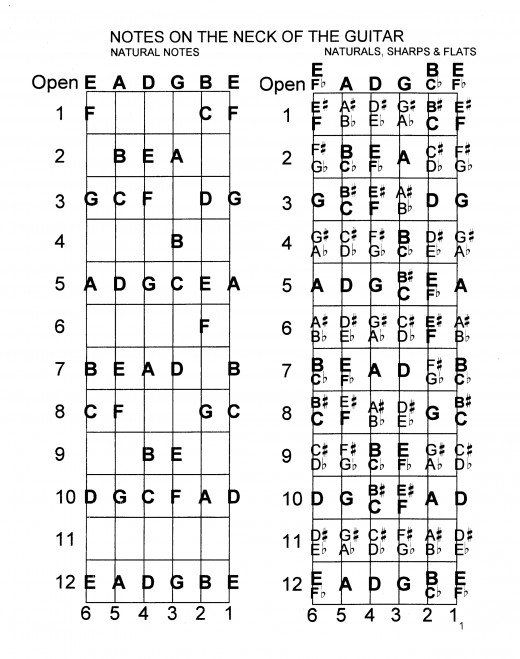- Get a Good Quality Guitar: Choose a guitar that suits your preferences and budget. Acoustic or electric, it’s up to you. Ensure it is properly tuned and in good condition.
- Learn the Basics: Begin by understanding the parts of the guitar, how to hold it, and how to properly fret notes. Learn about tuning your guitar and basic strumming techniques.
- Online Lessons and Tutorials: Utilize online resources such as video tutorials, websites, and apps dedicated to guitar lessons. Platforms like YouTube, JustinGuitar, and Ultimate Guitar offer a wealth of free tutorials for beginners.
- Start with Simple Chords: Begin by learning a few basic chords such as E, A, D, G, and C. Practice transitioning between these chords smoothly. Familiarize yourself with chord diagrams and finger placement.
- Strumming and Rhythm: Practice various strumming patterns to develop a sense of rhythm. Start with simple downstrokes and gradually incorporate upstrokes and more intricate patterns.
- Practice Regularly: Set aside dedicated practice time each day or week. Consistency is key to progress. Start with shorter practice sessions and gradually increase the duration as you build endurance.
- Learn Songs You Enjoy: Pick songs that align with your musical taste and skill level. Start with simpler songs that use the chords you have learned. Online chord charts and tabs can help you follow along.
- Focus on Technique: Pay attention to proper technique from the beginning. This includes hand positioning, finger placement, and posture. Learning good habits early on will prevent bad habits later.
- Use Metronome and Backing Tracks: Practice with a metronome to improve your timing and rhythm. Additionally, play along with backing tracks or online jam tracks to simulate the experience of playing with other musicians.
- Record and Assess Your Progress: Record yourself playing from time to time. This will allow you to evaluate your playing objectively and identify areas that need improvement. Compare your recordings over time to track your progress.
- Seek Community and Feedback: Join online forums, social media groups, or local music communities to connect with other guitarists. Share your progress, seek advice, and learn from experienced players. Feedback and interaction can greatly enhance your learning experience.
- Explore Music Theory: While not essential in the beginning, gradually dive into music theory concepts such as scales, chords, and progressions. Understanding music theory will deepen your understanding of the instrument and enable you to create your own music.
Remember, learning guitar is a journey, and progress takes time and effort. Be patient, stay motivated, and enjoy the process. With dedication and consistent practice, you can become a proficient guitarist even without a teacher.
how to play electric guitar chords
- Familiarize Yourself with the Electric Guitar
- Tune Your Guitar
- Proper Finger Placement
- Use Proper Technique
- Strumming Technique
- Practice Chord Transitions
- Amplification
- Power Chords
- Barre Chords
- Experiment and Explore






6 thoughts on “How to Learn Guitar at Home without Teacher”